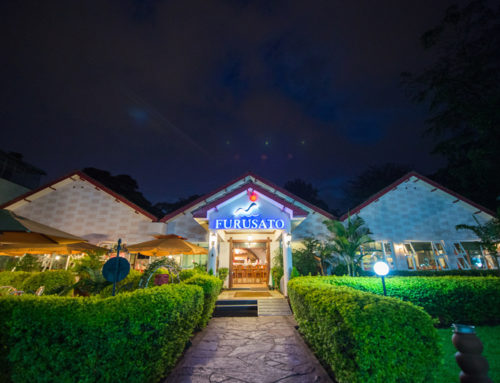So far…
So much has happened since I started this blog. When I began, I would just write normal wine pieces about my experiences and key learnings.
As my career in marketing takes shape, I am now prompted to look at the wine industry in Kenya through different lenses.
Apart from sharing tasting notes, I am also interested in looking at the markets from a numbers perspective. I shared this interesting piece about Kenya being a flourishing new market for French wine. I loved that piece because it was insightful and gave a great picture of the industry.
Therefore, I will still write about my wine experiences but I will also share market insights I am gathering from time to time henceforth.


Shifting gears
Just before Christmas in 2021, I received an invitation to go for a tasting at the Argentinian Embassy. I was excited to go and learn more about a region that I had been researching.
Argentina produces notable wines like Malbec, Syrah, Tempranillo, and Cabernet Sauvignon. It is the 5th largest producer in the world but to me, it does not get enough airplay.
The history of wine in Argentina is interesting. Before the 1990’s, the country was more focused on producing high quantities of wine. They produced more wines than any nation outside Europe. However, they did not start exporting wine until the 1990s. Since then, they have become popular around the world.
In Kenya, I was amazed to see what a great portfolio of Argentinian wine we have on the shelves.

Where to get Argentinian wine in Kenya.
Normally in these tastings, embassies and trade bodies will highlight a country by showing the wines that they have. In this event, we had different booths with wine distributors that stock Argentinian wines. These are;
- SW Wineshop
- Dion Wines & Spirits/ The Wine Box Kenya
- Verum Wines Kenya
- Solo Vino Kenya
If you would like to buy any of the wines, I have listed the distributors above. Feel free to contact them or even check from your local supermarkets. Most mentioned having their wines in large supermarket chains.




Interesting snackable facts about Argentinian wines.
More images from the event









Market insights
Over the last 8 years, I have been observing the wine industry in Kenya in terms of consumption and the range of wines that we have. I have seen rapid change on what is on the shelves. More global wine companies are looking at Kenya as a burgeoning new market for wine.
Although South Africa and France are the largest exporters of wine in Kenya (See my latest piece), we also see other countries like Italy, Australia, Chile, Spain and Argentina present. The wine consumer in Kenya has a good wine range to choose from.
According to Forbes, the top wine consumers in Africa are South Africa, Nigeria, Ivory Coast, Ghana and Morocco.
Food & wine
In such events, you get different finger foods and dishes and then you pair them with the wine of your choice. It is different from a food & wine dinner where there is a set pairing menu where each wine goes with each meal.
The beauty of such open tastings is that you get to try different pairings. Although the rain pounded hard, the event was still a great place to learn about wine.
Photo credits: Sylar Studios
Photo credits : Jean Wandimi





